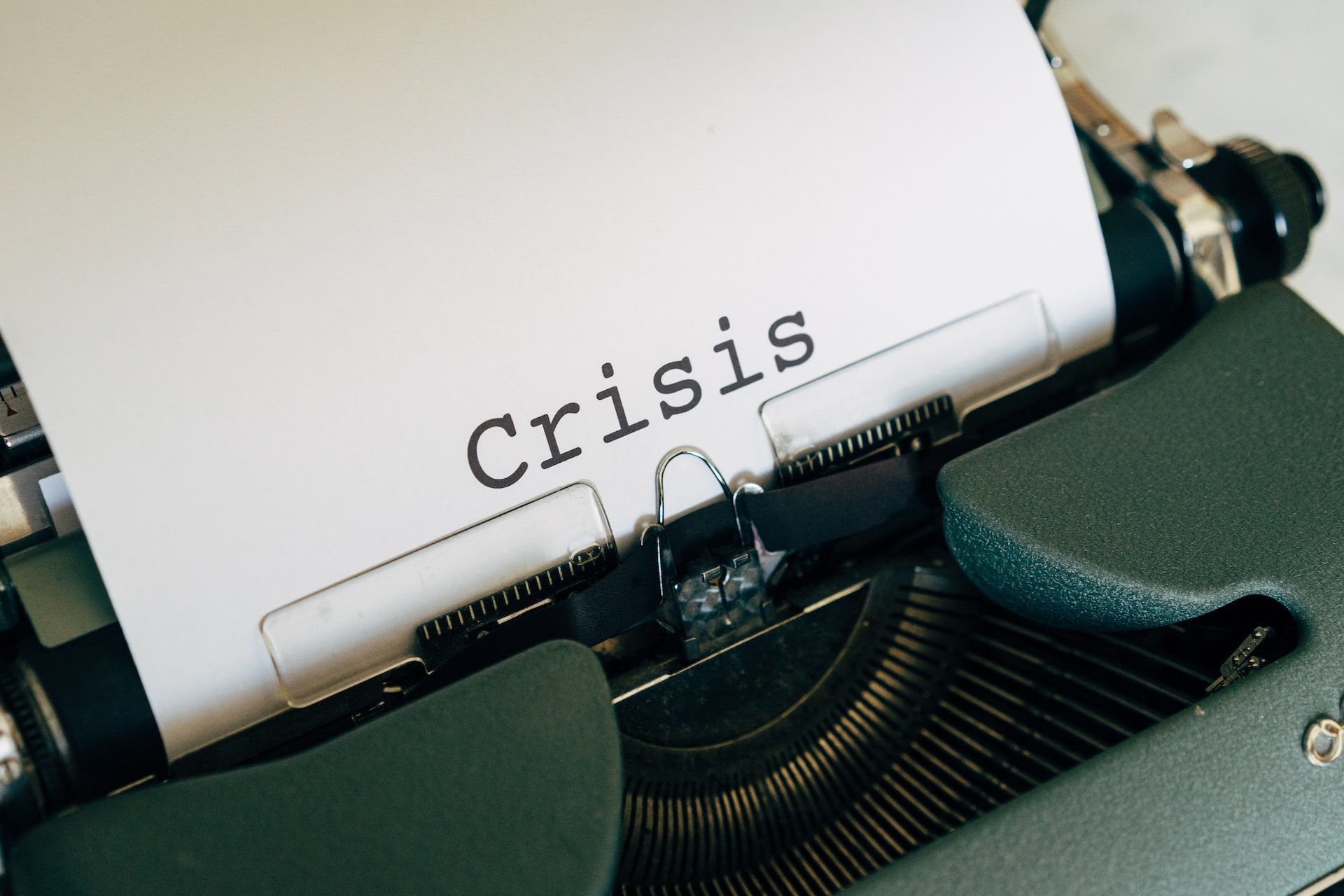In the recent times, organizations and the society must be ready to face any ordeal and respond effectively to any and all physical security incidents. Developing a comprehensive Incident Response and Crisis Management strategy should be a key factor for any security organisation to minimize potential risk and ensure safety and security of assets and personnel. In order to do so following are the few strategies to help organization establish a swift and coordinated approach to manage security incidents
Identification of Potential Threats: In order to protect an organizations’ environment, identifying potential threats and conducting a thorough risk assessment to avoid incidents like – breaches, natural disaster or workplace violence is a must
Defining Roles & Responsibilities: In order to maintain, minimise risks and manage crises, it is important for the incident response management team to have designated roles, which include communication liaisons, technical experts, and legal representatives, among others.
Regular training and mock drills programmes: Conducting regular training sessions and simulation exercises similar to incidents keep the Incident Response Team prepared with a familiar outcome to perform effectively and seamlessly and carry out their roles at the time of the incident.
Technology’s integration: Technology’s integration in incident response and crisis management is an essential aspect for seamless and effective functioning in terms of managing e-surveillance, access control, alarm systems, and response coordination.
Creating an IRP: In order to manage incidents and avert crises, having an incident response plan is of the utmost importance. The IRP must cover incidents, detection, contamination, eradicating, recovery, and lessons learned.
Seamless Communication Protocols Having an effective and seamless communication protocol is crucial during crisis management. Establishing clear and open communication helps in disseminating information faster to relevant stakeholders, both internal and external, including employees, law enforcement, customers, and more.
To conclude, being well prepared and organised to maintain security and avert crises is of the utmost importance to safeguarding stakeholders, assets, and information. By following these guidelines and strategies, organisations can enhance their skills and abilities to respond swiftly and effectively, minimising damage.



